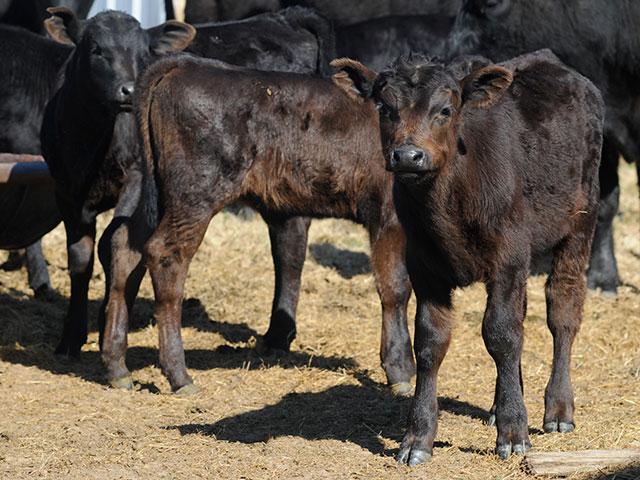Ask the Vet
Joint or Navel Ill in Calves
READER QUESTION:
We had two farms in adjoining counties. For the last few years on one of the farms, we have had a few calves become lame. On some of the calves, their joints seemed swollen, and several died. The only difference we can see is location. The calves are all treated the same. What do you think is going on?
DR. MCMILLAN'S ANSWER:
This sounds like a condition commonly called navel ill or joint ill. It occurs when bacteria infect the navel before it dries after birth. In some cases, the infection only involves the navel. It may become hot, swollen and painful. It may fill with pus, and the calf may run a high fever and become very depressed.
P[L1] D[0x0] M[300x250] OOP[F] ADUNIT[] T[]
If the infection spreads, it can involve the eyes, heart or brain. Most commonly, though, it involves the joints.
Aggressive and early antibiotic treatment, which in valuable calves may include surgical flushing of the affected joints, may be helpful. In many cases, though, permanent lameness and death may occur.
Prevention is better than treatment. Critically evaluate calving areas on both farms, looking for any differences but with an eye toward sanitation issues. If the calving area is low, wet, muddy or has areas where manure accumulates, this needs to be corrected. If you can't fix it, move your calving area. Any time we see common calving areas, we tend to have more of these problems.
I believe cattle should be rotated onto different pastures during calving season, with cross fencing and pasture rotation being two of the best practices available to improve forage quality, reduce erosion and decrease disease and intestinal parasite incidence.
Also, look at your nutritional and preventive health care programs. Every operation should have a professionally customized vaccine and parasite control program. Cattle must have adequate energy, protein, and minerals all year long and be in good body condition at calving. This helps assure that cows produce the highest quality and quantity of colostrum, which is essential in the prevention of calf diseases.
**
Editor's Note:
Please contact your veterinarian with questions pertaining to the health of your herd or other animals. Every operation is unique, and the information in this column does not pertain to all situations. This is not intended as medical advice but is purely for informational purposes.
Write Dr. Ken McMillan at Ask the Vet, 2204 Lakeshore Dr., Suite 415, Birmingham, AL 35209, or email vet@progressivefarmer.com.
(c) Copyright 2022 DTN, LLC. All rights reserved.






